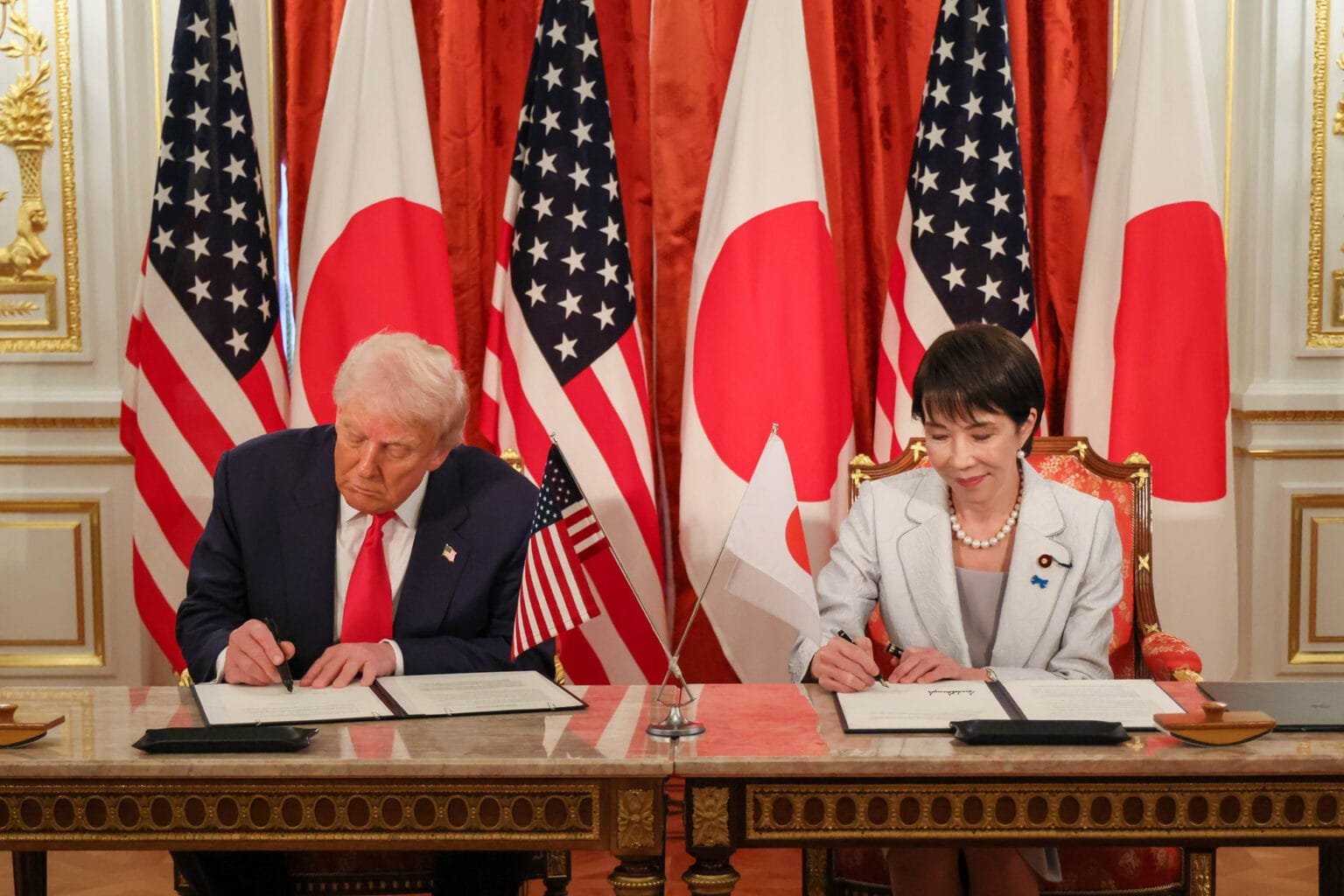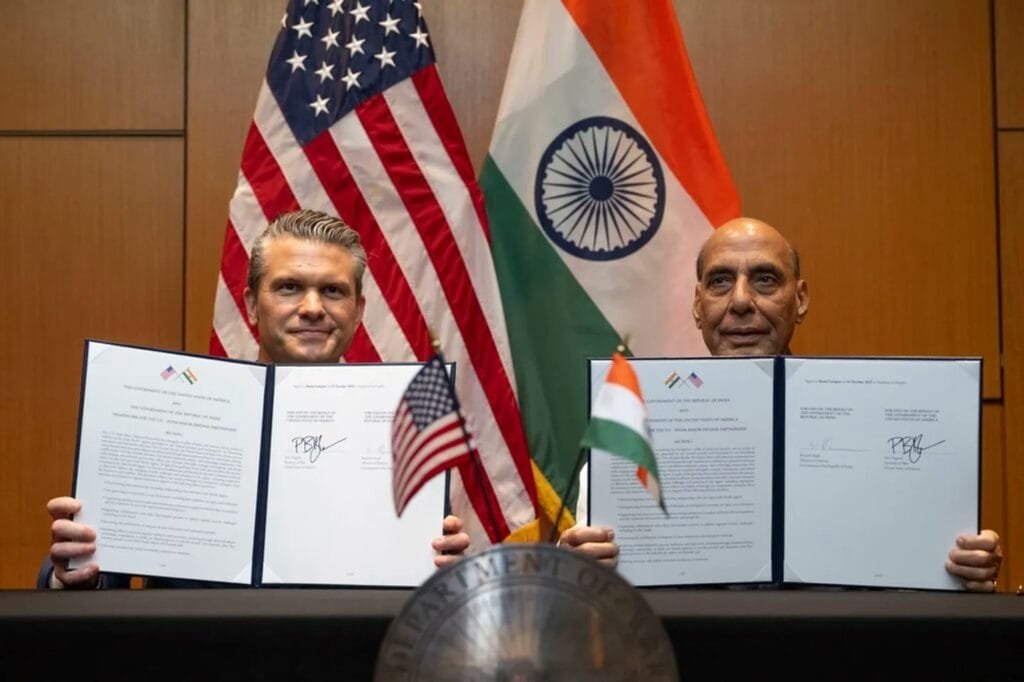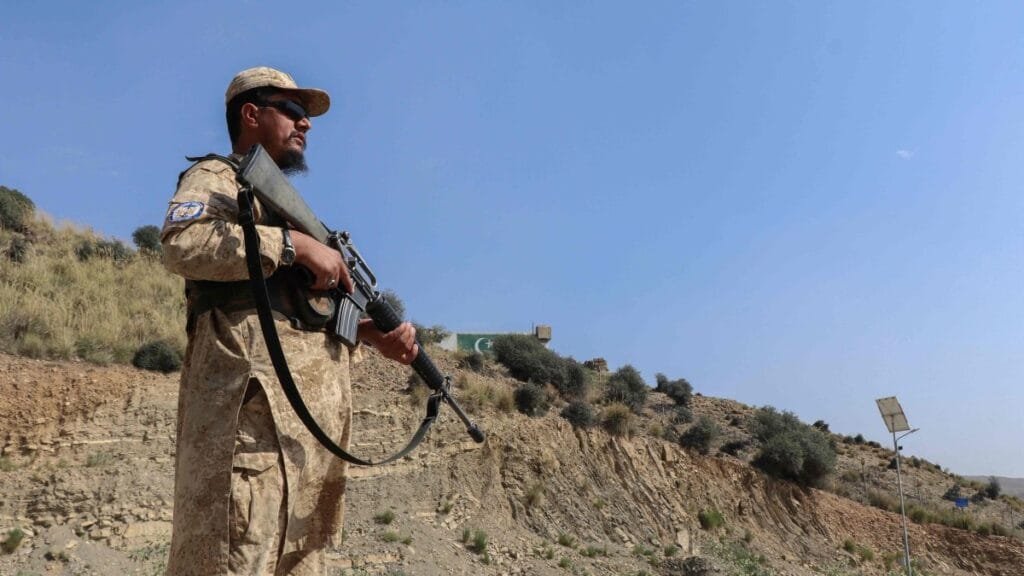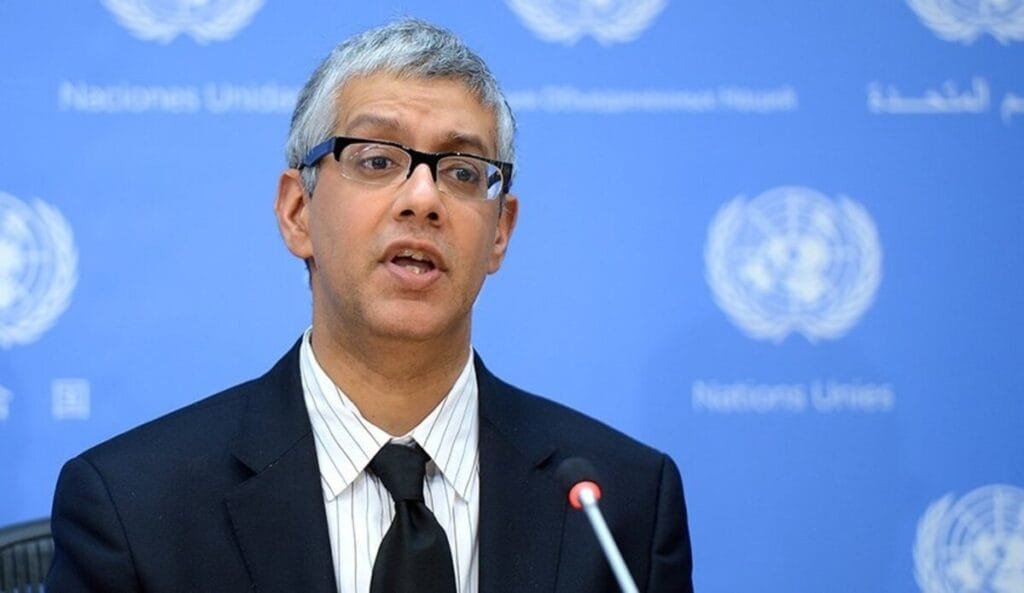WASHINGTON / TOKYO — In a landmark move aimed at reducing dependence on Chinese-dominated supply chains, Donald Trump and Sanae Takaichi signed a framework agreement on Tuesday for cooperation in securing rare earths and other critical minerals.
The agreement was inked during Trump’s visit to Japan, at Tokyo’s Akasaka Palace, just ahead of his scheduled meeting with Xi Jinping in South Korea. Under the pact, the United States and Japan will coordinate investments, streamline permitting processes and jointly identify projects to bolster mining, processing and recycling of rare earths. The White House referred to the initiative as part of ensuring the “resilience and security of critical minerals and rare earths supply chains.”
The deal comes amid China’s tightening of export controls on rare earths, which are essential components in everything from smartphones and electric vehicles to fighter jets and missile systems. Beijing’s dominance in refining and processing these materials has long been a strategic concern for both Washington and Tokyo.
Prime Minister Takaichi described the agreement as ushering in a “new golden age” in U.S.-Japan relations, and pledged that Japan would accelerate its defence spending and step up its global strategic role. President Trump praised her leadership and reiterated the U.S. commitment to Japan’s security.
Analysts say the signing signals a deepening of the alliance beyond traditional military and trade ties into the realm of strategic industrial supply chains. The timing is significant: by formalising cooperation on critical minerals before his meeting with Xi, Trump appears to be reinforcing a hedge against Chinese leverage in the sector.
No precise figures for investment or production targets were disclosed publicly, but the framework lays the groundwork for future joint ventures and stockpiling arrangements of prioritized minerals. The agreement is likely to augment pressure on China’s rare earth monopoly, expand opportunities for U.S. and Japanese firms, and further align Tokyo’s industrial strategy with Washington’s security-economic agenda.





